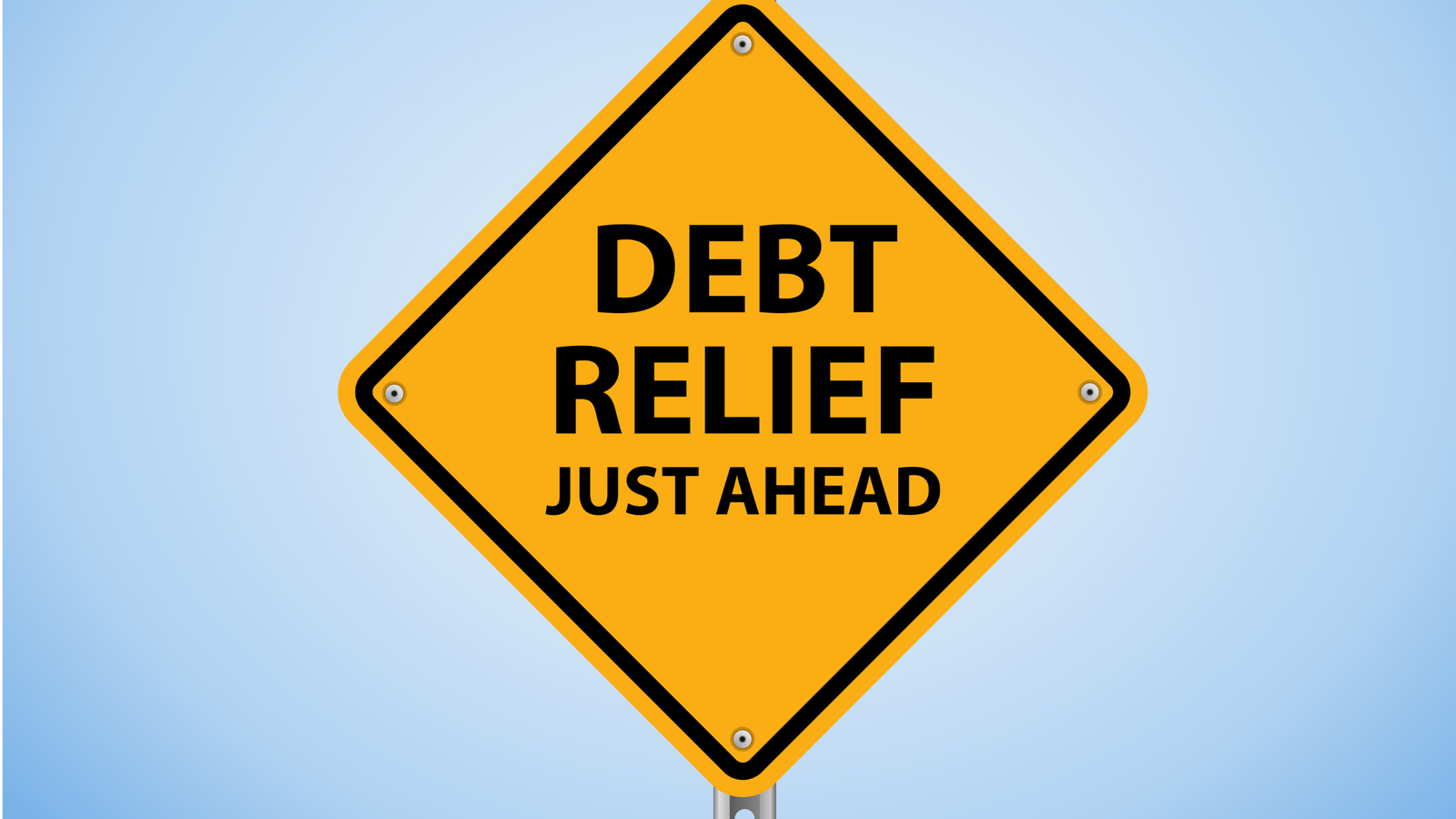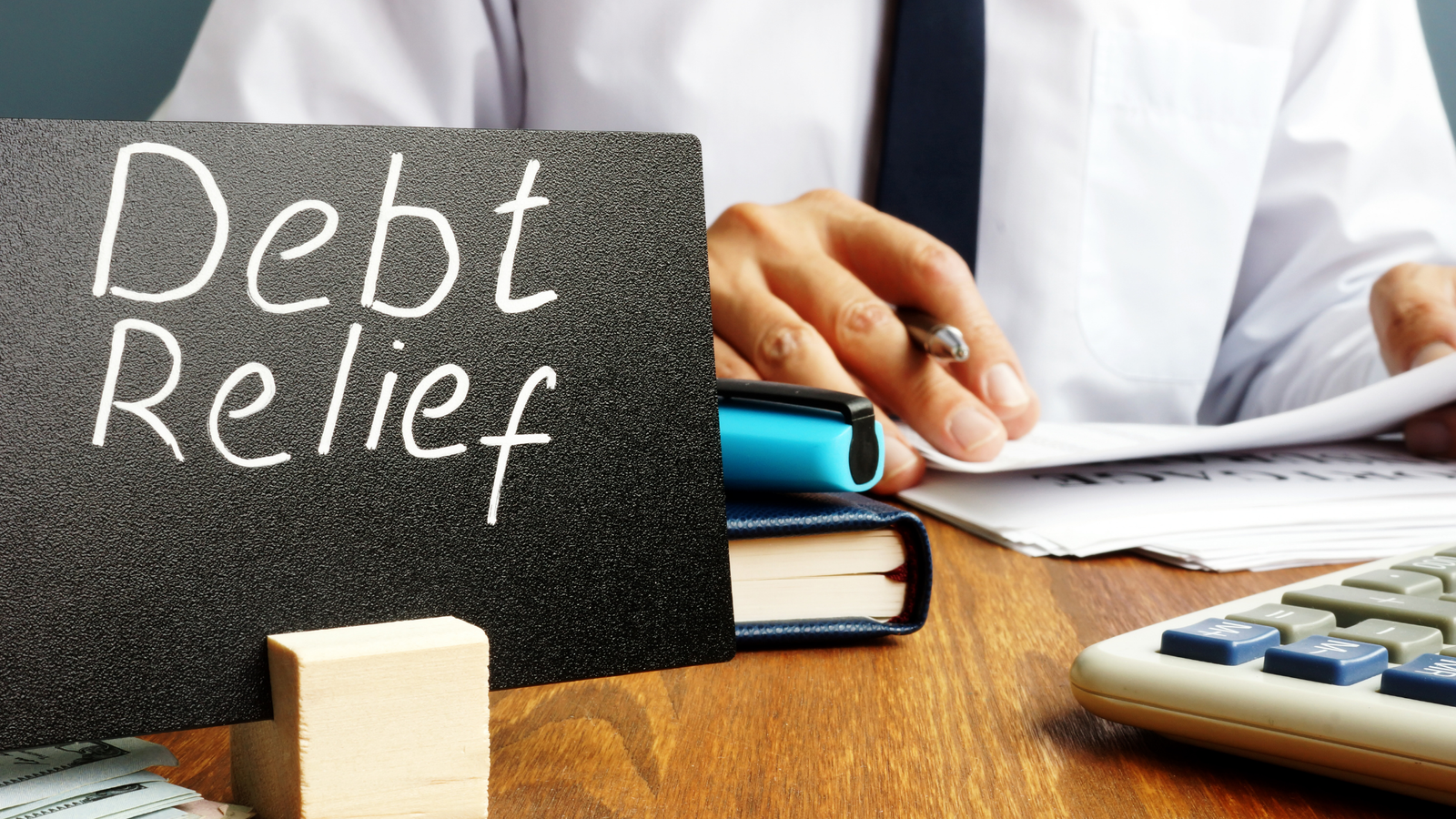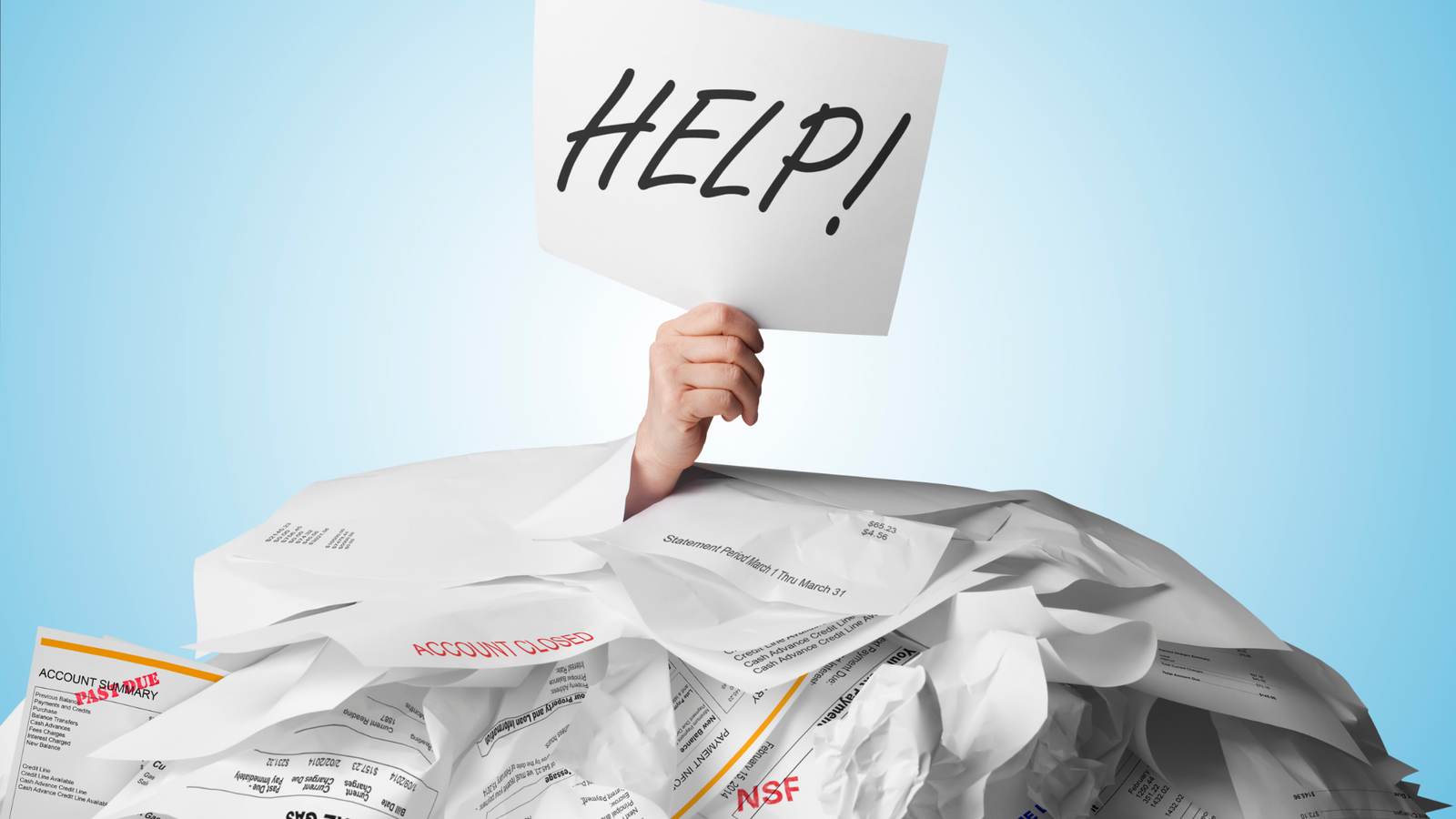Debt relief can be a lifeline for individuals drowning in a sea of debt, but it’s not a one-size-fits-all solution. To determine whether debt relief is the right financial move for you, it’s essential to understand when it makes sense and when you should consider alternative options. In this comprehensive guide, we’ll help you navigate the decision-making process and identify the circumstances where debt relief is a prudent choice.
Understanding Debt Relief
Before delving into when to use debt relief, let’s recap what it involves:
Negotiation: Debt relief entails negotiating with your creditors to reduce the total amount of debt you owe, often in exchange for a lump-sum payment.
Financial Hardship: It’s typically for those facing genuine financial hardship, making it impossible to repay debts in full.
Impact on Credit: Debt relief can negatively affect your credit score, as settled debts may be reported as “paid for less than the full amount.”
When Is Debt Relief the Right Choice?
1- Overwhelming Unsecured Debt:
Debt relief is most appropriate when you have substantial unsecured debts, such as credit card balances, medical bills, or personal loans.
It’s not typically used for secured debts like mortgages or car loans.
2- Financial Hardship:
If you’re struggling to make minimum monthly payments due to job loss, medical expenses, or other significant financial setbacks, debt relief becomes a viable option.
3- High-Interest Rates:
Debt relief is particularly advantageous when your debts come with exorbitant interest rates. Reducing the principal amount can save you a significant sum in interest payments.
4- Repayment Feasibility:
You must assess your ability to make a lump-sum payment for the settled amount. This might involve setting aside funds over time.
When Should You Consider Alternatives?
Debt relief isn’t suitable for every financial scenario. Here’s when you should explore alternative options:
1- Good Credit and Steady Income:
If you have a solid credit score and a consistent income, exploring options like debt consolidation or refinancing at lower interest rates might be more advantageous.
2- Avoidable Debt:
If your debt troubles stem from overspending or financial mismanagement rather than genuine hardship, you should address these issues first.
3- Assets at Risk:
If you have valuable assets that could be seized by creditors in the event of non-payment, consider other options to protect them.
4- Bankruptcy as a Last Resort:
Bankruptcy, while a last resort, might be a better choice if your debts are insurmountable, and you have no feasible means of repaying them.
Working with a Debt Relief Company
If you decide debt relief is the right financial move, working with a reputable debt settlement company can simplify the process:
- Research: Carefully research and choose a well-established and trustworthy debt relief company.
- Fees: Understand the fees involved, including a percentage of the total enrolled debt or a flat fee.
- Legal Compliance: Ensure the company complies with state and federal regulations governing debt relief services.
The Debt Relief Process in a Nutshell
Here’s a brief overview of the debt relief process:
- Assessment: Assess your financial situation to determine whether debt relief is a suitable option.
- Enrollment: Enroll in a debt relief program or negotiate directly with creditors.
- Funding: Set aside funds for negotiated relief in a dedicated savings account.
- Negotiation: The debt relief company or you (if negotiating directly) approaches creditors to negotiate a reduced payoff amount.
- Settlement: Once an agreement is reached, make the agreed-upon payment to settle the debt.
Conclusion
In your journey to financial stability, debt relief can be a critical tool. However, it’s not a decision to be taken lightly. Assess your financial situation, evaluate the pros and cons, and consider alternative options before embarking on a debt relief program. When used wisely and in the right circumstances, debt relief can provide the relief you need to regain control of your finances and work toward a debt-free future.










